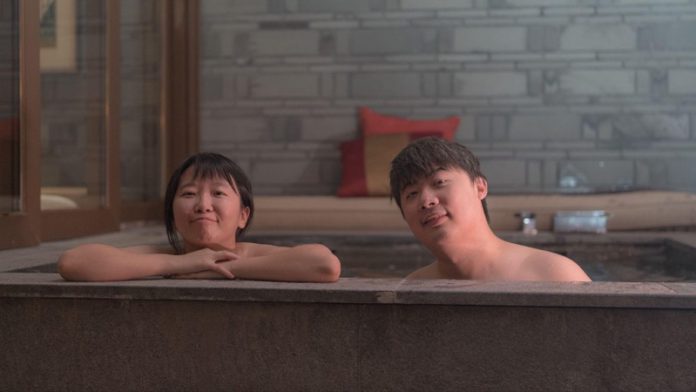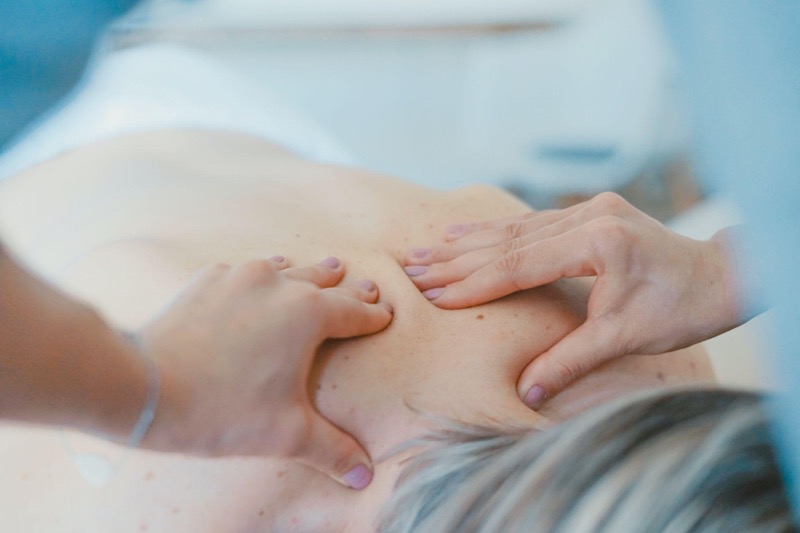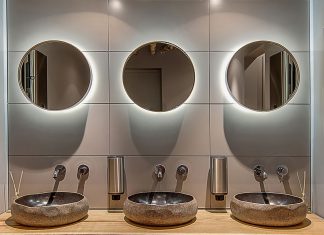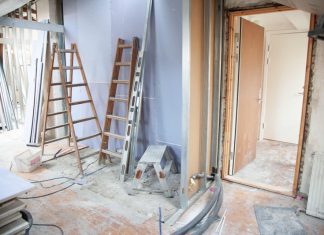Stiff, painful muscles and joints can make daily activities more challenging. A hot tub’s warm water and pulsating jets offer hydrotherapy services to ease discomfort, helping your muscles feel better quickly.
Regular sessions in a hot tub can help relieve pain from arthritis, back issues, and fibromyalgia. Plus, its warm waters and pulsating massage may even aid in improving sleep!
Buoyancy
Buoyancy is a physical principle that enables objects to rise when submerged in fluids. This can be found in hot tubs, pools, submersion chambers, and anywhere else you might interact with water.
Water can help counteract gravity and ease the stress placed on painful joints or the spine by up to 90% in neck-depth water and 50% in waist-depth water, thus increasing the range of motion, controlling edema, and swelling, and providing a safe environment for performing exercises that would otherwise be difficult on land. You can visit this site to learn more about edema.
Buoyancy offers a soothing experience that also helps alleviate pain by stimulating neurotransmitters in our brains that regulate our natural responses to stressors, decreasing sensitivity to pain.
These benefits of floating provide immediate relief from muscle tension and stiffness, but the longer you float the greater its therapeutic effects. We suggest floating at least twice each week, but this isn’t mandatory.
Hot tubs for heat therapy
Though it may seem counterintuitive, heat therapy can be an effective pain management tool. It is important to identify when heat or ice therapy would best help an injury; typically, ice should be applied when treating fresh injuries while heat can help ease muscle spasms or aches.
Heat therapy works by increasing tissue temperatures and stimulating vasodilation, which increases blood flow while simultaneously relieving muscle stiffness and tension.
It can be effective at relieving neck or back pain due to muscle or arthritic joint strain and increasing flexibility; moist heat therapy can be achieved using hot water bottles, steamed towels, or baths heated between 92- and 100-degrees Fahrenheit.
Professional paraffin wax bathing or hydrocollator packs may also provide benefits.
Chronic pain can lead to serious health complications, including depression and anxiety. It can interfere with sleep and make daily tasks challenging; thus, it’s crucial that you find a treatment solution tailored specifically to you and your lifestyle. Soaking in hot tubs in Cincinnati can be a simple and effective way to bring pain relief. You can consult with your doctor if you have any concerns about this type of treatment.
Contrast Therapy
Contrast therapy is another tool that can be utilized to relieve muscle pain and accelerate healing, by using hot and chilly water alternately to increase blood flow, decrease inflammation, and relieve muscle tension.
Warming muscles with hot water cause blood vessels to dilate while cold temperatures constrict them, creating a pumping effect by constantly switching temperatures which improves oxygenated blood flow to injured tissues and accelerates healing processes.
Studies have demonstrated that contrast therapy helps reduce lactic acid buildup and speed recovery from intensive exercise by improving the delivery of nutrient-rich blood to muscles being utilized, decreasing fatigue and soreness, and improving recovery time.
Physical therapists commonly utilize contrast hydrotherapy by having patients submerge painful areas in a tub of warm whirlpool water and then quickly moving them into a bucket filled with chilly water – repeating this cycle several times for maximum benefit and safety considerations.
To maximize the effectiveness of contrast hydrotherapy, patients should complete one cycle after the next: cold-to-hot-to-cold.
At home, you can also benefit from taking cold baths- starting slowly, perhaps starting with just 30 seconds in each bath until your body adjusts – although if this technique becomes too cold for you to tolerate, simply switching up hot and cold showers instead may provide similar benefits. You can click the link: https://www.goodrx.com/ice-bath-benefits to learn more.
Massage
Chronic pain can have an immense impact on every aspect of your life – your health, emotions, work, and relationships are all at risk. Additionally, chronic pain may reduce interest in activities and lead to depression, stress, and difficulty sleeping – but thankfully there are effective pain management techniques that will allow you to return to living again.
Massage helps ease chronic pain by activating endorphins – natural, body-produced painkillers. They work by masking or diminishing feelings of discomfort while inducing feelings of euphoria and well-being.
Furthermore, massage pressure may relax muscles, increase blood flow, improve circulation, and ultimately decrease tension, and anxiety that contributes to pain.
According to research, massage can also decrease both the number of pain signals sent to the brain and their intensity, as well as alleviate emotional distress – two essential components in managing pain effectively.
Results of the study demonstrated that patients receiving regular massages experienced lower pain levels and required less medication than those not receiving massages. One limitation of the research was that massage therapists did not collect physiological data from participants; hence the effectiveness of massage as a pain management technique is dependent upon participant perception rather than external measurements.How Hot Tubs Help With Chronic Pain – A Guide for Cincinnati Residents
















